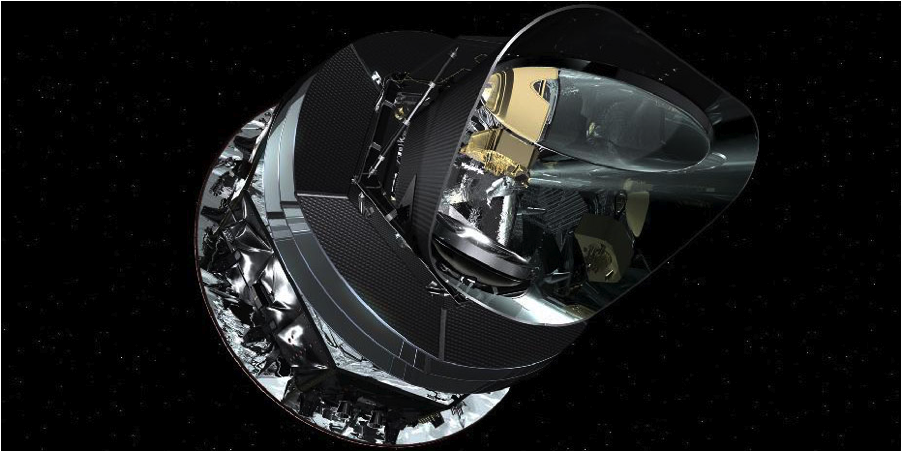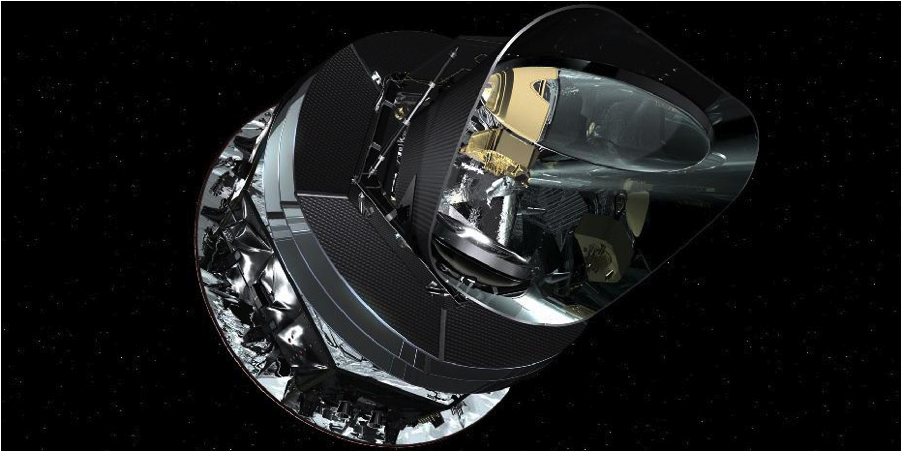And Then There Was One
Astrophysicists currently favor cosmological models based on cold dark matter, which has the advantage of accurately predicting the observed abundance of most of the light elements synthesized after the big bang. The one troublemaker in the crowd is lithium- , an isotope that is observed to be a factor of to less abundant than theory suggests. Better observations have in fact worsened the discrepancy, so what might explain this lithium- anomaly? In a paper in Physical Review Letters, Ozgur Erken and colleagues at the University of Florida, Gainesville, have now proposed a way out of the “lithium problem” with testable consequences.
Cold dark matter models generally invoke one or more hypothetical particles, often WIMPS (weakly interacting massive particles). However, some researchers favor a picture involving another as-yet-undetected candidate particle, a type of low-mass boson called the axion. In an unusual twist, researchers believe that if the axions are cold enough they might form a cosmological Bose-Einstein condensate. This BEC could interact with primordial photons and cool them down in an exchange of energy.
According to Erken et al., the predicted formation rate of lithium- in this scenario would be reduced by a factor of , bringing it more into line with observations. However, this modification to the theory raises the predicted number of neutrino species to more than six, well above the three species currently known. Fortunately, the Planck satellite launched in 2009 is expected to send back data that will nail down the effective number of neutrino types and put axion-photon interactions to the test. – David Voss





